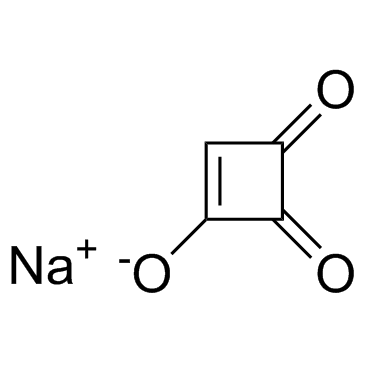DNA microarray to detect and identify trichothecene- and moniliformin-producing Fusarium species.
R Kristensen, G Gauthier, K G Berdal, S Hamels, J Remacle, A Holst-Jensen
文献索引:J. Appl. Microbiol. 102(4) , 1060-70, (2007)
全文:HTML全文
摘要
To develop a DNA microarray for easy and fast detection of trichothecene- and moniliformin-producing Fusarium species.A DNA microarray was developed for detection and identification of 14 trichothecene- and moniliformin-producing species of the fungal genus Fusarium. The array could also differentiate between four species groups. Capture probes were designed based on recent phylogenetic analyses of translation elongation factor-1 alpha (TEF-1alpha) sequences. Particular emphasis was put on designing capture probes corresponding to groups or species with particular mycotoxigenic synthetic abilities. A consensus PCR amplification of a part of the TEF-1alpha is followed by hybridization to the Fusarium chip and the results are visualized by a colorimetric Silverquant detection method. We validated the Fusarium chip against five naturally infected cereal samples for which we also have morphological and chemical data. The limit of detection was estimated to be less than 16 copies of genomic DNA in spiked commercial wheat flour.The current Fusarium chip proved to be a highly sensitive and fast microarray for detection and identification of Fusarium species. We postulate that the method also has potential for (semi-)quantification.The Fusarium chip may prove to be a very valuable tool for screening of cereal samples in the food and feed production chain, and may facilitate detection of new or introduced Fusarium spp.
相关化合物
| 结构式 | 名称/CAS号 | 分子式 | 全部文献 |
|---|---|---|---|
 |
串珠镰刀菌素
CAS:71376-34-6 |
C4HNaO3 |
|
Characterization and mycotoxigenic potential of Fusarium spe...
2011-11-01 [Phytopathology 101(11) , 1330-7, (2011)] |
|
Emerging fusarium-mycotoxins fusaproliferin, beauvericin, en...
2008-01-01 [Crit. Rev. Food Sci. Nutr 48(1) , 21-49, (2008)] |
|
Mycotoxin production by isolates of Fusarium lactis from gre...
2011-12-02 [Int. J. Food Microbiol. 151(2) , 150-6, (2011)] |
|
In vitro myelotoxicity assessment of the emerging mycotoxins...
2012-01-01 [Toxicon 59 , 182-191, (2012)] |
|
Occurrence of Fusarium Head Blight species and Fusarium myco...
2012-01-01 [Food Addit. Contam. Part A. Chem. Anal. Control. Expo. Risk Assess. 29(11) , 1716-26, (2012)] |